With the world burning, fascist leaders ruling, and human rights being cast aside globally, young people have taken to the streets in droves over the past decade to protest.
In the face of so many challenges, what keeps young people fighting?
New Zealand researchers have spent four years interviewing 90 young activists from ActionStation, Generation Zero (Auckland), InsideOUT Kōaro, JustSpeak, Protect Ihumātao, and Thursdays in Black (University of Auckland).
Next week they release the resulting book, Fierce Hope: Youth Activism in Aotearoa.
Two of the book’s five authors, Karen Nairn and Judith Sligo, said they wanted to know how young people sustain the energy to fight, especially after seeing the anguish on the faces of young people following events like Donald Trump’s election in the US and Brexit.
“We are living in a particularly challenging time, especially for young people who are inheriting a burning world,” Sligo said.
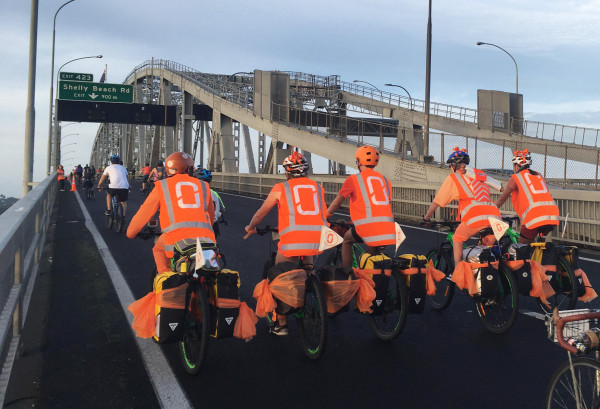
Members of Generation Zero cycling over the Auckland Harbour Bridge as part of their campaign to have walking and cycle paths added. Credit: Generation Zero
All of these young protesters are fighting for their lives and the lives of others, Sligo said, whether that is through combatting climate change, discrimination, or fighting for their culture.
Nairn adds: “There are existential crises in each of the issues these young people have inherited.
“Activists across time have constantly faced the challenge where you make one step forward and two steps back. That feels existential when you're fighting something so unjust.”
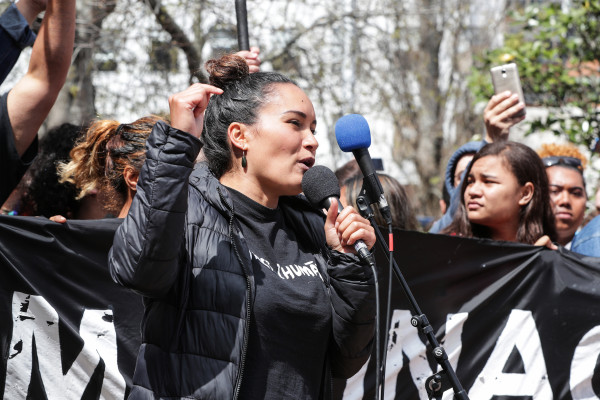
Ihumātao protests organiser Pania Newtown protesting as part of a climate change rally in 2019. Nairn and Sligo said climate was a cause all the young activists they interviewed shared strongly. Credit: Dave Rowland/Getty
But despite these huge challenges, there is still hope.
The book’s authors said even though these young activists were often brought to causes by emotions like anger, frustration, and fear, it was rarely what kept them involved.
A quote in the book from Orla, an activist with community campaigning platform ActionStation, captures this:
“For a long time, my activism was fuelled on anger, of being pretty outraged about things. But I don’t think I ever had a point where I didn’t honestly feel like it could be better, and that’s the hope sitting underneath it. Because if you just had the anger, then you wouldn’t want to do anything about it, you’d just kind of sit in despair.”
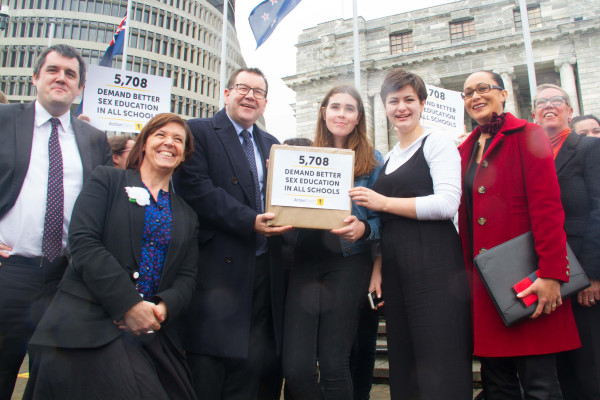
ActionStation community campaigners Ruby Medlicott and Lauren Jack delivering a petition for better sex education in schools to Parliament. Credit: ActionStation
Sligo said youth activism is like a fire - anger is the spark that ignites it, but hope is what keeps it burning.
Portia from sexual assault prevention organisation Thursdays in Black said:
“I guess everyone has a level of anger and frustration and sadness about the topics that you deal with . . . What groups do is give people direction for their emotions, for their frustration, for their overwhelmedness, gives them a path to go on and to say: ‘Look, it is scary and overwhelming and it’s a horrible place out there, but if you do this, it could get better.’”
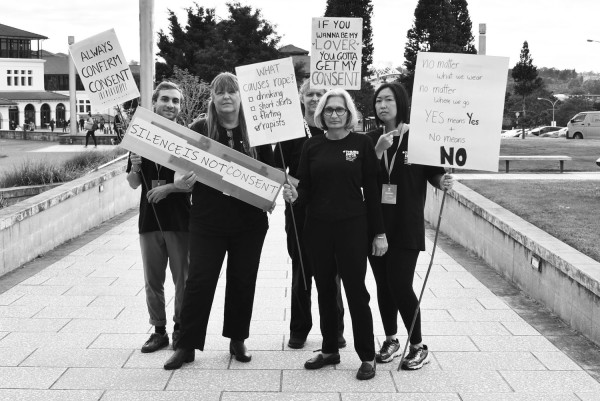
First introduced to tertiary campuses in Aotearoa in 1994, and re-launched at a national hui in Wellington in 2016, the student-led group Thursdays in Black aims to raise awareness about consent and make progress toward preventing rape and sexual violence in tertiary spaces. Credit: Thursdays in Black
Ultimately, Nairn and Sligo said the belief all young activists shared is that they can make the world a better place, as Emerald from InsideOUT Kōaro says in the book:
“You have to have some level of hope to believe that anything would improve . . . It’s not a distant hope of utopia, but recognising that there are things that we need to fix, that we can fix, that we should work on.”
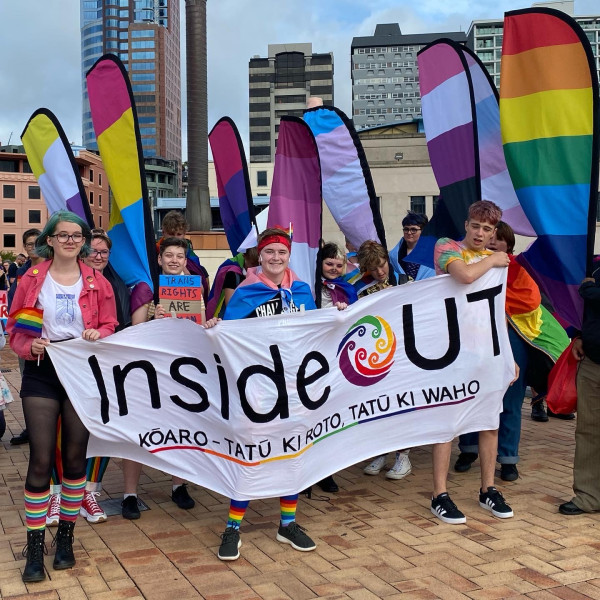
InsideOUT Kōaro members participating in a 2020 Pride march. Credit: InsideOut Kōaro
More stories:
Vaginismus is a common health condition. Why is it so ‘taboo’ to talk about
Many people with vaginismus - involuntary tensing of the vagina - feel it's not taken seriously.
The AI portrait app you love is 'soul-crushing' for NZ artists
“It is extremely harmful to artists but I don’t think many people are aware of that.”
How colonisation has changed the naked body
"If I raise a daughter, I'm hopeful about the world she will live in as a Māori woman."